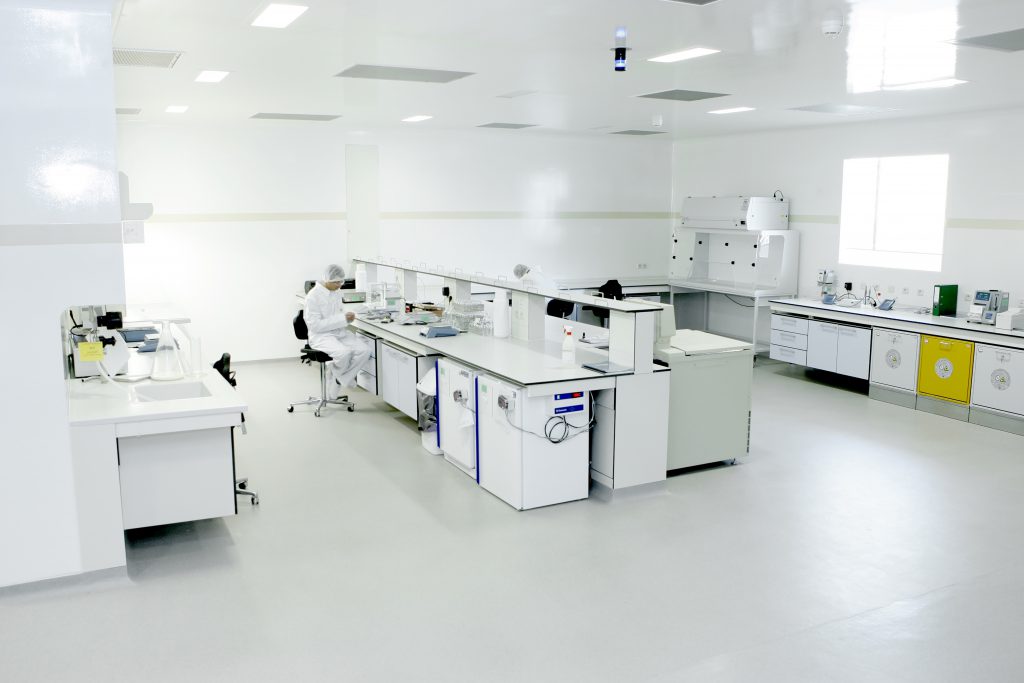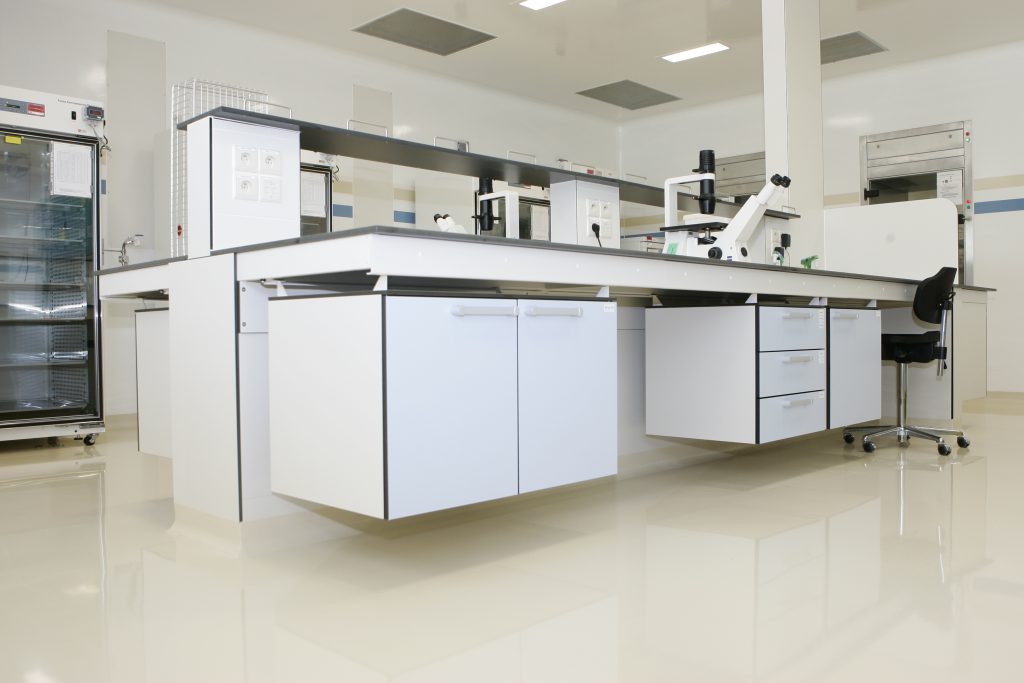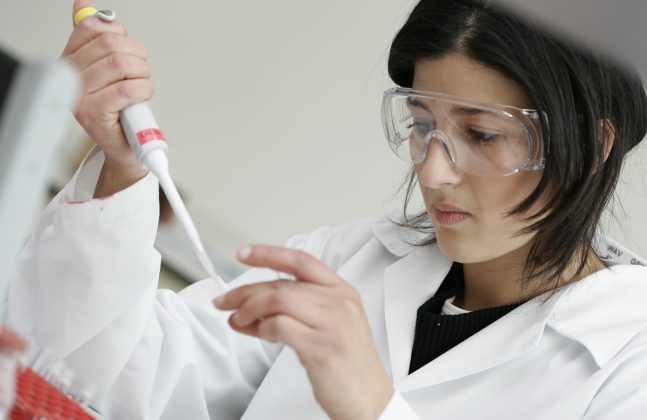National Science Week is underway in Australia, a week given over to celebrating science and technology, inspiring the next generation and acknowledging the contributions of Australian scientists to the world of knowledge.
In celebration of the week, we’ve taken a look at the role that flooring plays in the modern world of science and technology! While much overlooked in this sector, without the right floor underfoot many scientific establishments would find their work significantly flawed (apologies for the bad pun).
Science from the Ground Up
Laboratories undertaking delicate experiments and using sensitive equipment need to maintain a clean and controlled space, free from the dust, dirt and contaminants that could wreak havoc with their work.
To avoid the issue of contaminants affecting the work of scientists, most science is conducted in cleanroom conditions. A cleanroom is defined as a controlled environment that has a low level of pollutants such as dust, airborne microbes, aerosol particles and chemical vapours. The extent to which an effective cleanroom should maintain a contamination free space is exemplified by the fact that an average urban environment contains 35,000,000 particles per cubic metre that are 0.5 micrometres (μm) or larger. In contrast the strictest standard of cleanroom only allows for 12 particles per cubic meter and they must be no larger than 0.3 μm!
And the floor is a principle part of ensuring a lab’s hygienic integrity. In fact, its importance can be seen in the guidelines that determine cleanroom spaces.

All the materials, clothing and working processes in a lab need to be designed in order to ensure that the space remains clean and uncontaminated, so as not to affect the work onsite.
The Cleanroom Standard
To find out if a space can be effectively classed as a cleanroom or not we have to turn to ISO 14644, which sets out the necessary design and maintenance criteria. This benchmark specifies classes of air cleanliness in terms of the number of particles expressed as a concentration in air volume and it determines the standard method of testing to determine the cleanliness of an environment.
To ensure that the floor actively supports the objectives of a cleanroom, it is important to choose a finish that provides the necessary cleanability and functionality properties. The Fraunhofer Institute for Manufacturing Engineering and Automation (IPA) founded the CSM (Cleanroom Suitable Materials) industry alliance in order to provide a mark of accreditation for products designed for cleanrooms.
The CSM qualification takes into account a long list of standards, including ISO 14644, to define the suitability of materials based on the emission of airborne particles, biological resistance (metabolising potential and microbicidity), outgassing behaviour, cleanability, electrostatic discharge properties and chemical resistance amongst other factors.
CSM status is a critical qualification for decision-makers selecting cleanroom components such as flooring. Epoxy floor coatings are available that have been tested by the IPA. The benefit of installing a certified resin system in a cleanroom is that not only will it not negatively impact the interior air quality, but the site will also benefit from the multiple operational advantages of industrial standard resin systems.

Labs that install epoxy floors accredited by the IPA can rest assured that the finish underfoot will support the site’s complex and sensitive scientific work.
The advantages of resin finishes includes the seamless and impervious surface that they create, which makes it very quick and easy to clean the floor area, as the cleaning regime does not have to work around tricky gaps or joints. It is also easy to install coving using a resin system so that there is a smooth transition between the floor and the wall, avoiding the possibility of contaminants getting stuck along this seam.
The durability of epoxy resin solutions means that scientists don’t have to worry about foot traffic, wheeled equipment, point loading, spillages, impacts and frequent cleaning affecting the finish and consequently the cleanroom’s integrity.

Floors in contamination sensitive laboratories need to meet strict interior air quality and hygiene standards.





